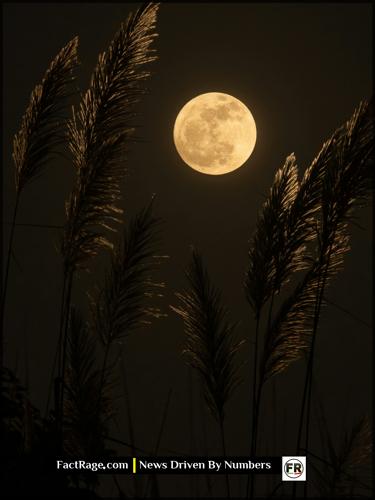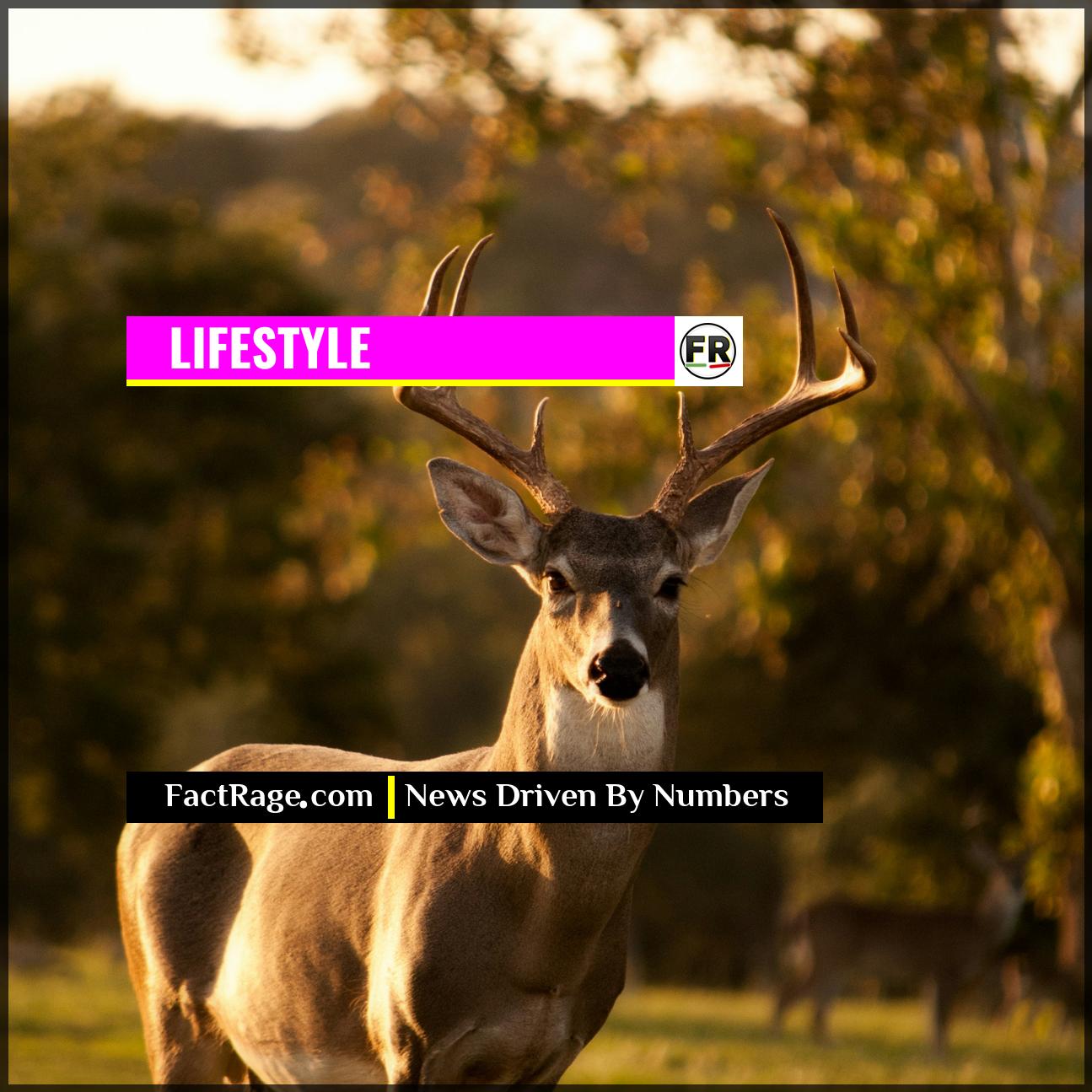FACTRAGE – Later this month, the full “Buck Moon” will illuminate the night sky, offering a celestial event steeped in seasonal folklore and modern-day reflection.
- The Name and Date – The full moon on July 21, 2025, is most commonly known in North America as the Buck Moon.
- Historical Roots – The name is tied to the observation that male deer (bucks) are in the midst of growing their new antlers during this time of year, according to sources like The Old Farmer’s Almanac.
- Modern Connection – There is a growing cultural trend of using full moon phases as markers for wellness practices, such as meditation, journaling, and intention-setting.
For centuries, humanity has looked to the moon not just as a source of light, but as a timekeeper and a source of meaning. The story of the Buck Moon is a direct link to that shared past, connecting the rhythm of the seasons on Earth to the cycles in the sky.
Finding Our Rhythm in the Sky
![]() It’s easy to dismiss old folklore as quaint, but the names our ancestors gave the moon were born from a deep, observant connection to the world. In our modern age, a similar desire for grounding is prompting a renewed interest in these natural cycles. The story of the Buck Moon reveals a universal human impulse: to find our own rhythm by looking to a constant in the sky.
It’s easy to dismiss old folklore as quaint, but the names our ancestors gave the moon were born from a deep, observant connection to the world. In our modern age, a similar desire for grounding is prompting a renewed interest in these natural cycles. The story of the Buck Moon reveals a universal human impulse: to find our own rhythm by looking to a constant in the sky.
Read On…
Below, we explore the cultural history behind the Buck Moon’s name and its revival as a modern tool for mindfulness.
What Gives the ‘Buck Moon’ Its Name?

The most popular name for July’s full moon is the Buck Moon. This title comes from traditional observations, popularized by publications like The Old Farmer’s Almanac, that a buck’s antlers are in a period of rapid growth at this point in the summer. Each year, male deer shed and regrow their antlers, which by July are becoming prominent.
But this moon wears other names, too, each reflecting a different aspect of the summer season. In some regions, it’s known as the Thunder Moon, a nod to the frequent thunderstorms that characterize mid-summer weather. Other names, like the Hay Moon or Ripe Corn Moon, connect it to the agricultural cycle of cutting and curing hay or the ripening of key crops. These variations often depend on regional climate, local wildlife, and the specific traditions of the cultures, including various Native American tribes, that named them.
How Our Ancestors Used the Moon to Tell Time
Before the widespread use of Gregorian calendars, the moon served as a vital clock for humanity. Lunar cycles provided a reliable way to track the passage of time and mark important seasonal activities. Full moon names were not merely poetic; they were practical signposts for survival and community life.
A name like “Buck Moon” signaled a specific point in the annual hunting and wildlife cycle. The “Salmon Moon” used by some tribes in the Pacific Northwest indicated the best time for fishing runs. Similarly, agricultural names helped coordinate planting, tending, and harvesting efforts. This system of naming created a shared calendar woven into the fabric of the natural world, allowing communities to anticipate and prepare for seasonal changes. Looking at the full moon was a way of reading a chapter in the year’s story.
Why People Are Turning to the Moon for Wellness
In a world dominated by digital schedules and artificial light, a noticeable cultural trend is emerging: a return to the moon’s natural rhythm as a tool for personal wellness. This modern revival is less about agricultural planning and more about finding a moment for introspection and grounding.
So, what does this look like in practice? For many, the full moon has become a monthly appointment for mindfulness. This can involve “full moon circles” where groups gather to share and meditate, or individual practices like journaling, setting intentions for the month ahead, or meditating on releasing negative thoughts. The appeal often lies in its simplicity and its connection to a tangible, universal cycle. Using the full moon as a recurring prompt for self-reflection offers a way to step outside of daily pressures and align with a slower, more natural pace.
A Timeless Anchor in the Night Sky
![]() From a practical signpost for harvests to a modern prompt for mindfulness, the full moon’s function has evolved, yet its pull on human consciousness remains constant. It serves as a universal marker, a shared celestial event that invites us to pause and look up. In that simple act lies a powerful connection—not just to the rhythm of the natural world, but to the long and unbroken story of people seeking meaning in the sky.
From a practical signpost for harvests to a modern prompt for mindfulness, the full moon’s function has evolved, yet its pull on human consciousness remains constant. It serves as a universal marker, a shared celestial event that invites us to pause and look up. In that simple act lies a powerful connection—not just to the rhythm of the natural world, but to the long and unbroken story of people seeking meaning in the sky.












